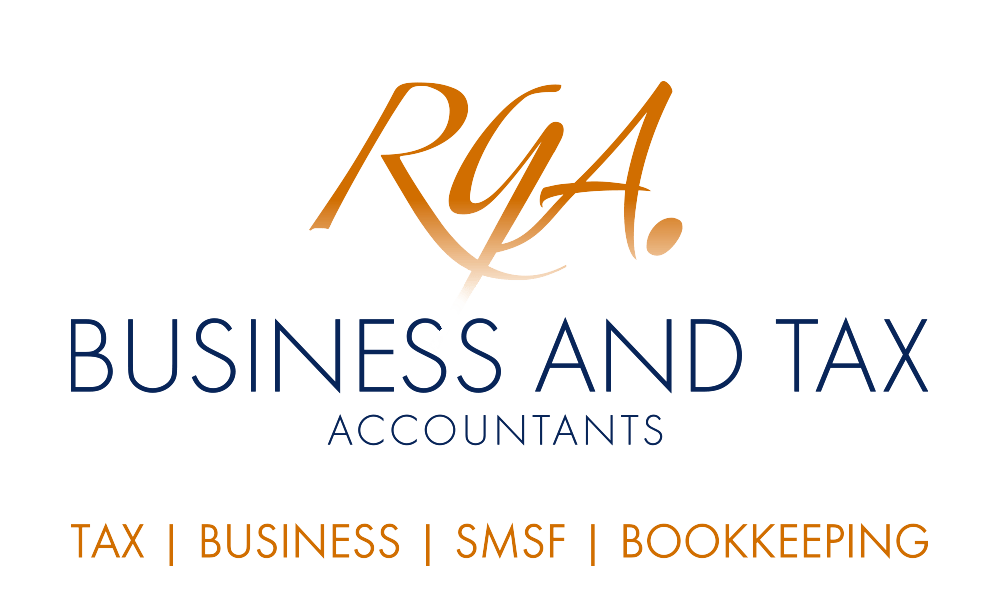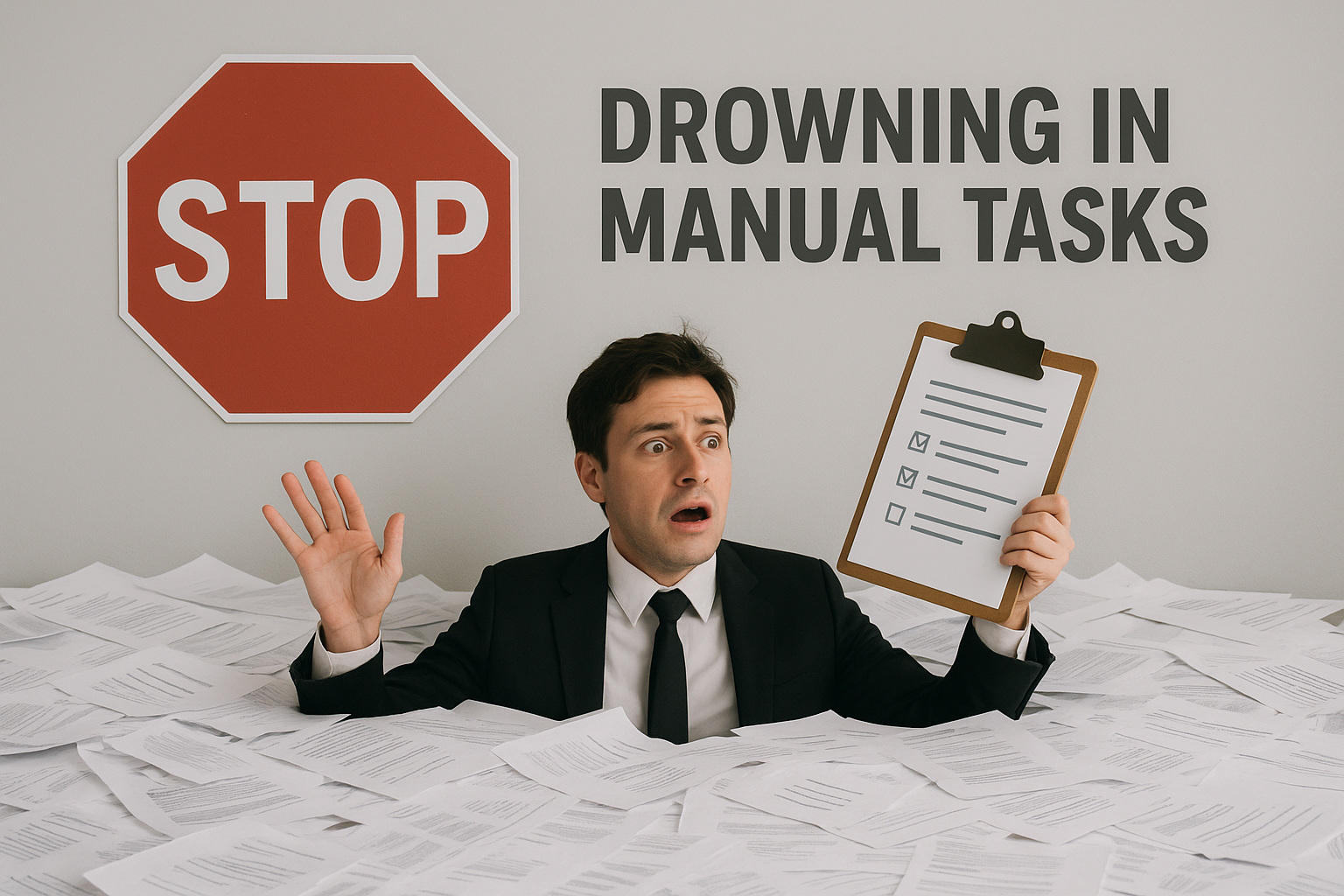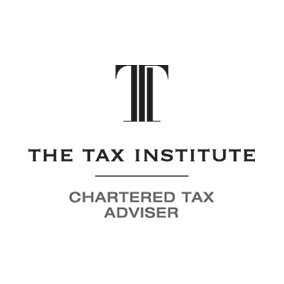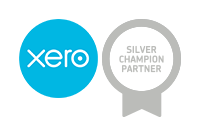Is your company planning to develop software as part of an experimental R&D project? You may qualify for the R&D tax incentive, even if you're not a software developer but operate in a technology-focused industry such as manufacturing. However, the activities you claim for must genuinely meet the relevant tests – and the ATO says some companies are incorrectly assuming their project qualifies. Make sure you understand the criteria before making an R&D claim.
In our modern economy, software development is a key driver of growth and innovation across many Australian industries. However, the ATO is concerned that some companies are assuming that their software development projects are eligible for the government's R&D tax incentive without properly considering their eligibility. The incentive broadly offers:
- for companies with turnover below $20 million: a refundable tax offset of 43.5% of eligible R&D expenditure; or
- for other companies: a non-refundable offset of 38.5%.
These offsets apply to expenditure between $20,000 and $100 million. Expenditure outside this range has different incentives.
The Department of Industry, Innovation and Science (DIIS) has recently released guidelines to help clarify the rules as they apply to software development.
The DIIS and ATO both stress that the incentive applies to specific activities, not projects as a whole. It's therefore essential to identify and document particular activities.
To qualify for the scheme, a company must have "core" R&D activities. It can then claim the offset for expenditure on those core activities (as well as for "supporting" activities that are directly related to the core activities: more below). Core activities are essentially experimental activities conducted using scientific principles to generate new knowledge. Crucially:
- you cannot know the outcome of the experimental activities on the basis of current knowledge, information or experience;
- the new knowledge generated must result from a systematic progression of work that involves testing of one or more hypotheses; and
- the knowledge generated must be "new" in the sense that it's not already available and reasonably accessible in the public arena on a world-wide basis.
This is a high bar, and the guidelines note that "innovative" activities won't necessarily meet this test. The DIIS provides the following examples of activities that generally may be, or won't be, eligible:
| May be eligible as core R&D activities | Generally not eligible |
|
|
If your software development activities don't qualify as "core" activities, you may still be able to claim these as "supporting" activities that directly relate to other core activities. For example, a manufacturer who undertakes some manufacturing R&D that genuinely qualifies as "core" R&D might be able to claim some software development that directly relates to that core R&D. The DIIS provides examples of: setting up test beds, coding algorithms that will be used in an experiment and collating a data sample that will be used to conduct a relevant experiment.
One final tip: developing software that will be used predominantly for an entity's "internal administration" is expressly excluded from being a core activity. You may still be able to claim this as a supporting activity, but only if it's undertaken for the dominant purpose of supporting the core R&D.
We're here to help
If you're thinking about a software development project, talk to us today about whether it may qualify for the R&D incentive. We can also help you register a claim and guide you through the necessary documentation requirements.










